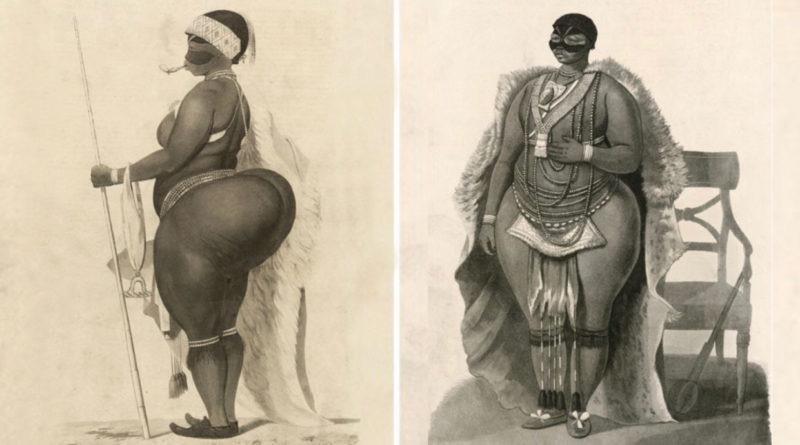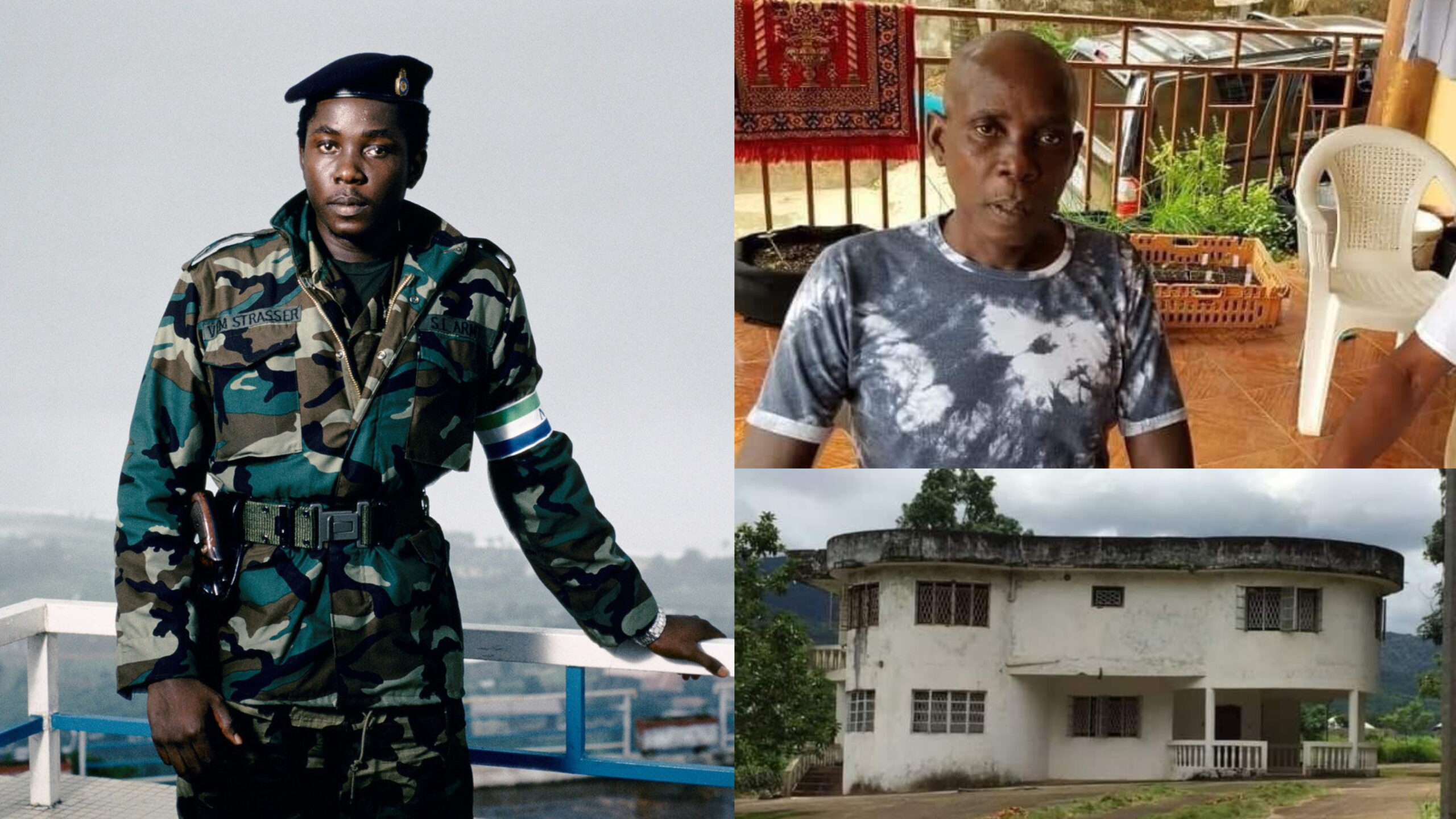Sarah Baartman was born in 1780, her names were Saartjie or Sawtche or Ssehura which means diminutive form. Was from the Khoikhoi nomadic ethnic group that lived in the eastern region of the Cape Colony in present day South Africa. Sarah was 4 ft 7in tall.
Sarah’s life was lined with difficulties. Her mother passed away when she was only two years of age. Her father who was a cattle driver also died when she was a teenager. The mother of Sarah belonged to South Africa’s oldest tribe, the Khoi.
Khoi Khoi women’s skin tone was lighter and their hips were well built. The hips developed in the tribe of Sarah ‘s mother were at that time a sign of beauty.
Sarah’s difficulties compounded after a Dutch Doctor called William Dunlop purchased Sarah from her employer, an Afrikaans farmer and employed her in his house a domestic help in Cape Town.
At that time, Sarah had grown large buttocks known as steatopygia in medical term. It is a condition in which a woman or sometimes even a man builds up huge tissue on the buttocks and thighs.
The sides and front of the thighs often involve the accumulation of the fat. Therefore a curvy figure is created in the Khoikhoi women. In women of Sub-Saharan African descent, pygmies from central Africa and the tribe Onge from the Andaman islands, the genetic characteristic of steatopygia can also be found.
Unfortunately, this physical state caused her fascination with the early nineteenth century white European colonizers. They have therefore made their biggest error by categorizing Sarah or Saartjie Baartman as a sub-human individual and using her physically.
Dunlop, who was then employed by the Royal Navy, had been using Sarah for a while in Cape Town as his slave and sex servant. He and his partner a mixed-race entrepreneur called Hendrik Cesars took Sarah to London in 1810. From there they changed her name to Sarah or Saartjie.
Dr. Dunlop and Cesars once convinced Sarah in London that if they exposed her body, she would become wealthy. Innocently, she accepted without doubt. Dunlop and Cesars then organized freak shows throughout England for the next few years and exposed her out in all cities of the Kingdom and the Netherlands.
Sarah was treated like an animal, they made her walked, stood, sat or danced unquestioningly. White people could see her with stupefaction, astonishment, disgust and amusement. Both men and women touched her.
In the meantime, scientists and doctors began to explain Sarah’s anatomy in all sorts of concepts. Sarah was the victim to the inferiority of the Black race, and she endured a illness in some way. She suffered macronymphy because of the abnormality of Sarah’s sexual organs, scientists said. But that was her natural normal body.
A group which supported Sarah was formed by Robert Wedderburn, a young Jamaica activist against racism and slavery. Robert Wedderburn also put legal pressure on the British government to stop such freak exhibitions.
In 1814 Cesars took Sarah to Paris to avoid such pressure. There she was presented at numerous venues like a circus. She was called Hottentot Venus, or Black Venus, meaning a khoikhoi.
During private meetings, Sarah was slowly and certainly forced into pro sti tution. She was treated as a real object of s*x in such gatherings.
Also at time, Sarah was used as the subject of studies by zoologist and operator Georges Cuvier. Georges Cuvier was also the Napoleon Bonaparte surgeon. The professor of zoology was also the manager of the French National Museum of Natural History.
Sarah was most definitely the missing link between man and animal, according to Georges Cuvier. It is assumed that Georges Cuvier had requested permission to research on Bushman’s woman with greater precision.
Upon his study, the professor compares Sarah’s face with an orangutan, then says her stocks look like female mandrills.
How Sarah Baartman died
Sadly, Sarah Baartman died at the age of 26 in Paris on 29 December 1815. She died horrible, ashamed and sick. She was suffering from pneumonia and/or syphilis and also from alcohol at the time of her death. The professor dissected her body soon after her death. Prior to that, he made Sarah’s body of plaster cast.
He then showed in Paris Sarah’s remains. In 1817, he presented his research at the Medical Academy. The Black Africans were also reported to be perpetually inferior according to his study.
Up later in 1975, the Paris public had been exposed to genitals, the brain, the skeleton and a plaster cast from the body. Nelson Mandela was declared South African President in 1994 and demanded Sarah ‘s remains from the French Government.
The controversy of Sarah Baartman’s remains
Unfortunately, the French government denied initially. They approved the request in March 2002. The remains of Sarah Baartman were buried about 192 years after she had left her nation in the area of her birthplace in Eastern Cape on August 9, 2002.
Many books on the treatment and cultural significance of Sarah have been published over several years. Sarah’s life and times were covered in the 2010 film ‘Black Venus,’ as well as the 1998 documentary ‘The Life and the Times of Sara Baartman.
There are many more details about the life of Sarah that remain unknown and unconfirmed. The harm done on Sarah can not be repaired today. The least we can do is call ample bravery to speak the bare truth that could comfort her soul. You have to remember that maybe she was the first Black woman to be a trafficked victim.
Source: STSTW
 The African History Truly African
The African History Truly African

